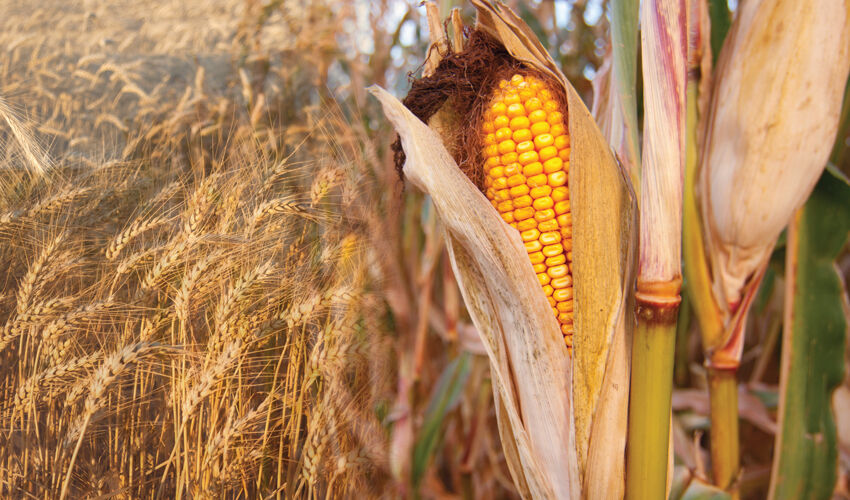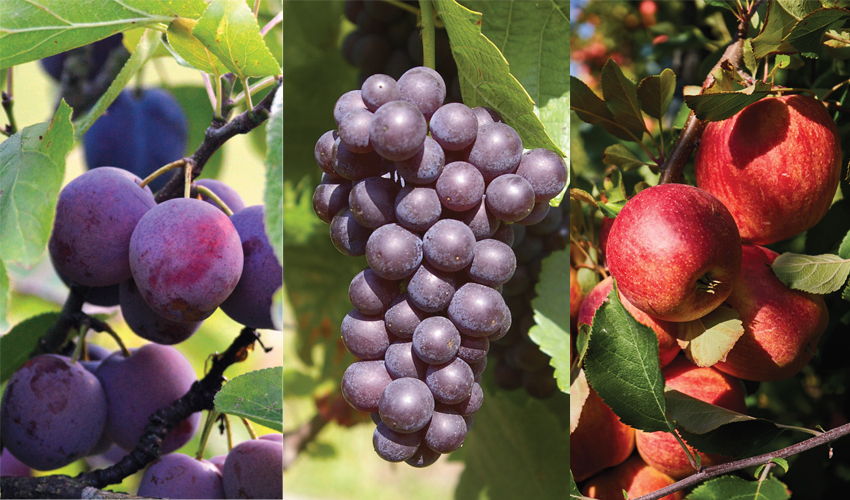
The current structure of field cultivation in Moldova is dominated by grain and oilseed crops, according to a study by Iurie Rizhi, an expert in agro-marketing. Thus, this year in the structure of sown areas corn accounted for 37%, wheat and sunflower – 29% each, barley – 5%, rape – 4%. Alas, the profitability of grain/oilseed rotations is low on average.
Profitability of cultivation of cereals and some oilseeds in the north, in the center and in the south of Moldova can differ many times. The main reasons are in the big difference between soil quality, precipitation level and “demand prices” for agricultural products in the northern and southern regions of the country.
The highest level of profitability – on average about 400 euros/ha – is observed in the northern districts: Ocnita, Donduseni, Briceni, Edinet, Riscani, Glodeni, Floresti, Soroca, as well as in Ungheni.
In most districts of the central zone of Moldova – namely, Falesti, Singerei, Teleneşti, Orhei, Criuleni and Anenii Noi – the profitability of grain production is about 200-300 EUR/ha. Below this level is the corresponding indicator in the districts of Rezina, Calarasi, Straseni, Nisporeni, Ialoveni, Causeni, Stefan Voda and Cantemir.
The lowest profitability of grain cultivation is observed in Basarabeasca district, where the grain sector has generated so far a profitability below 100 EUR/ha.
The calculations were made taking into account the current wholesale prices for grain and rape in Moldova. Obviously, as the situation on the grain market develops during the current marketing year, the price conjuncture may change significantly.
In the vicinity of Giurgiulesti port, especially in Cahul district and parts of Gagauzia, traders offer farmers higher purchase prices for grain, which partially compensates for the lower productivity of their fields due to severe moisture deficit and poor soils.
As the author of the study emphasizes, the profitability of grain crop rotations in Moldova is directly dependent on soil bonitet, which decreases markedly from the north to the south of the country, as well as on the distribution of precipitation (similar pattern).
Analyses carried out in 2016-2023 show that the most fertile soils are concentrated in the north of the country – on average their appraisal is above 70 units. Thus, in Drochia – 76, Edinet – 75, Riscani – 74, Briceni – 74 and Donduseni – 73. In the center and in the south of Moldova, the average appraisal of soils is in the range of 50-60 units: in Calarasi – 51, Nisporeni – 53, Straseni and Ungheni – 55, Basarabeasca – 56, Taraclia and Leova – 57, Cantemir – 59. Southern districts are particularly dependent on the choice of crops, the level of agro-technology and the availability of water for irrigation.













